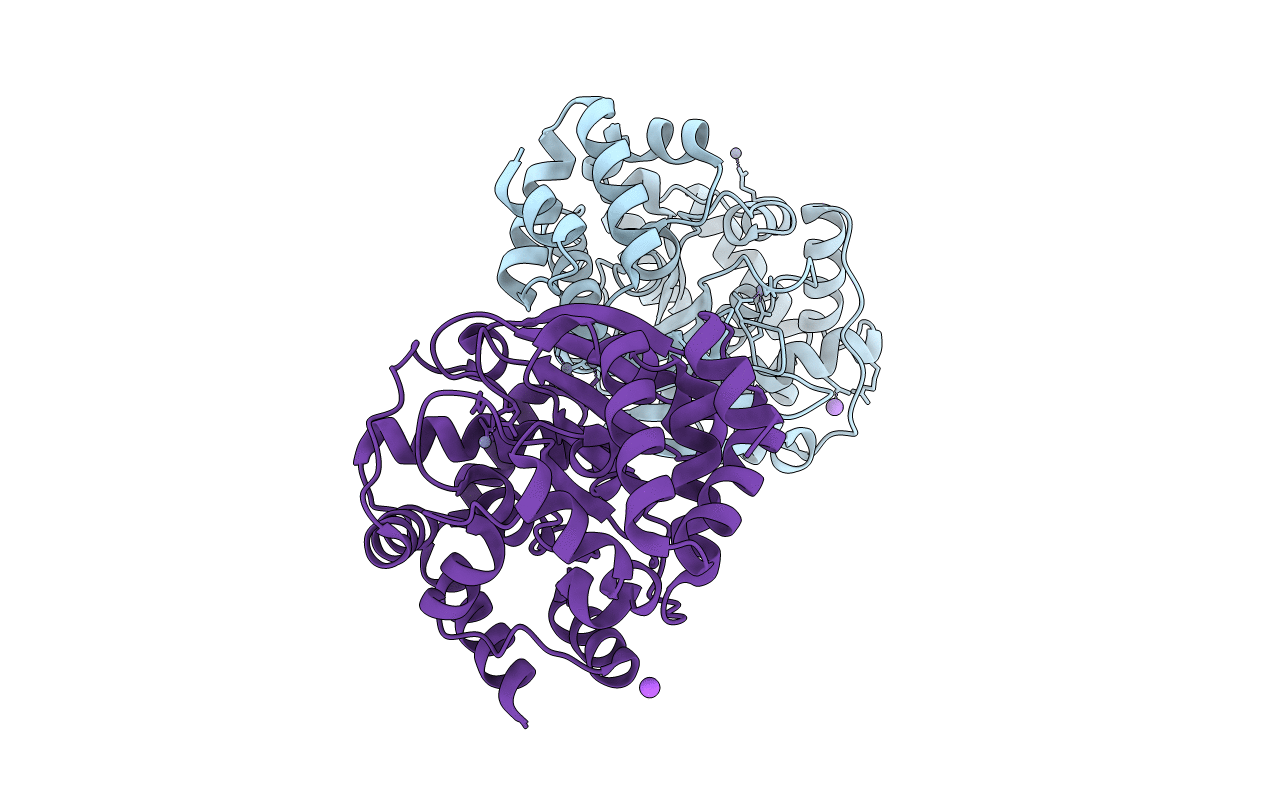
Deposition Date
2017-04-12
Release Date
2017-11-29
Last Version Date
2024-01-17
Entry Detail
PDB ID:
5NOF
Keywords:
Title:
Anthranilate phosphoribosyltransferase from Thermococcus kodakaraensis
Biological Source:
Source Organism:
Host Organism:
Method Details:
Experimental Method:
Resolution:
2.42 Å
R-Value Free:
0.25
R-Value Work:
0.19
R-Value Observed:
0.19
Space Group:
P 2 21 21


